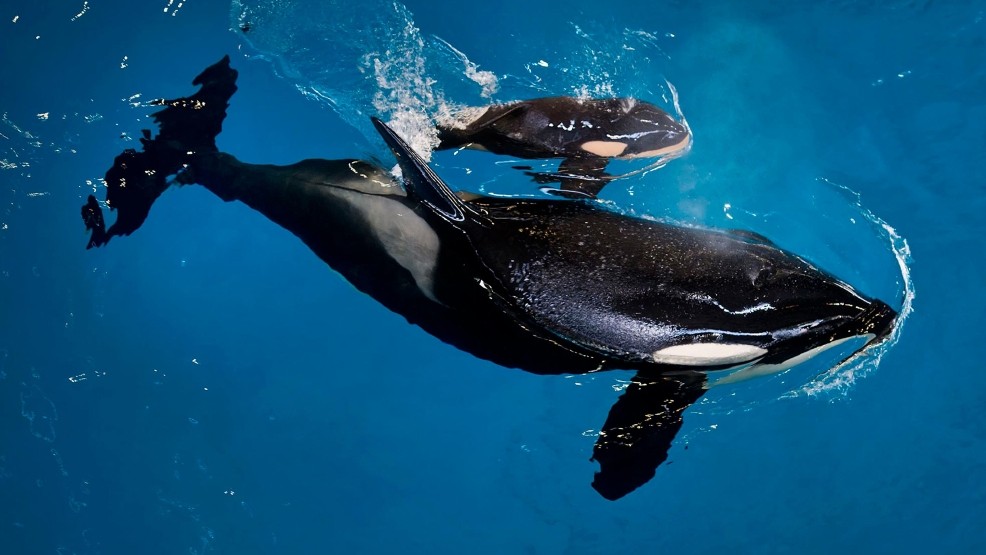At only 3 months old, SeaWorld’s last Orca to be born in captivity has died.
“Kyara” was the final killer whale in SeaWorld’s orca-breeding program and had reportedly been suffering from an infection since last weekend. Kyara’s health had since continued to decline despite receiving onsite treatment from veterinarians in their San Antonio park.

Following years of pubic pressure, bad press and expose documentaries such as ‘Blackfish”, SeaWorld announced it would be ending its captive breeding program in 2016.
Subsequent to the release of Blackfish and the widely publicized death of Tilikum, SeaWorld has seen a decline in popularity and arguably a rise in public pressure through boycott initiatives and protests. It is not surprising though, when you consider that at least 164 orcas have died in captivity; a figure which doesn’t even include the 30 miscarried or still-born calves.
 Unfortunately though, SeaWorld is not the only responsible culprit when it comes to captive cetacean death; only recently, Vancouver Aquarium suffered the loss of a number of Beluga whales, sparking huge public upset and heated battles between the VanAqua board and campaigners for “No More Dead Cetaceans” which are seemingly still ongoing due to the board’s resistance to change.
Unfortunately though, SeaWorld is not the only responsible culprit when it comes to captive cetacean death; only recently, Vancouver Aquarium suffered the loss of a number of Beluga whales, sparking huge public upset and heated battles between the VanAqua board and campaigners for “No More Dead Cetaceans” which are seemingly still ongoing due to the board’s resistance to change.
With the loss of Kyara, SeaWorld currently holds 22 orcas in its three parks in the United States, the youngest, Amaya, was born in December 2014.
Kyara’s postmortem examination determine will the cause of death.
SeaWorld Facts:
1. Collapsed Dorsal fins are neither healthy or normal
2.In the wild, male orcas live to an average of 30 years (up to 50-60 years) and 46 years for females (maximum 80-90 years).
3. Orcas’ sunburns are covered up with black zinc oxide
4. Some Orcas are taken from their families
5. Many Orcas have been killed in the capture process
6. SeaWorld trainers are performers, not animal experts
Image Credits: Awionline


